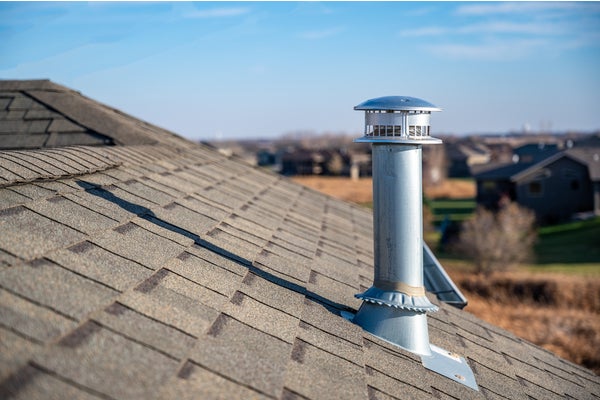There is a small chance any of the usual people have ever thought of the plumbing system in their homes. However, we use it every day, moreover, we use not only the water pipes mechanisms but also the air venting system. The question is: how are they even connected to each other? Read our article to find out the importance of plumbing venting and tips on how to install or repair it.
Vent pipes are a system provided in every building as well as drainpipes in order to establish a well-working method of ridding the house of water, air, and odor excesses. Also known as vent stack, it controls the air pressure inside the water pipes.
As you may know, drainpipes delete the water and impurities it causes, whereas vent pipes remove air, fume, and unpleasant smells from the venting system. Except for removing the stagnant air, it also lest the new air come into the placement and stops the canalization air from coming into the inner pipes system.
If you are planning to move into a new house, pay attention to establishing an elaborated plumbing venting system. Otherwise, you are more willing to face problems with all your pipe mechanism. However, be ready to make a hole in the roof of the house to install all the needed equipment for ventilation.
In the case of plumbing venting, it is better to have at least something than to have nothing at all. Nevertheless, the stronger and newer system you have, the better will be the air and water conditions in the house.
As mentioned before, the main purpose for installing the vent stack is to provide your house with fresh air by simply letting it in from the outside. Secondly, it lets the smelly airflows go to the sewer while not letting the scents from there inside the room. Thirdly, the air from vent pipes pushes the water in the drain pipes to do its work while making it flow through the drainage.
Lastly, the most creative minds can come up with ideas to decorate the pipe coming out of the roof!
Let us have a look at the most basic vent types:
It is believed that the vent stack is easier to install than the usual plumbing equipment since the venting pipes do not have to be angled and are placed parallel or perpendicular to the walls (except for the situations of obstacles). However, note that the venting must always stay dry inside. As so, follow the required angles—all the venting pipes cannot be tilted for more than 45 degrees, the horizontal section of the re-vent pipe should be above the flood level of the recess.
When the pipes meet too many foods or dirt leftovers, there may occur blockages. Some kinds of blockages inside the tube system can impact not only the water draining but also the air ventilation. All these problems in the unit increase the opportunity of blocked vent incidents.
Although it is always better to have a consultation with a professional, sometimes you may need to solve the occurred problem as fast as possible. The first alarming sign of the problems with venting pipes is hearing the sound of gurgling and seeing the slowed down or even stopped water flow in the sink, bath tube, or any other tank connected to a pipe.
For the fastest possible aid, use a plumber or auger (be careful to not damage the inner pipe system) to remove some part of the blockage inside the tube. It is also helpful to use special cleaning fluids to make the process more precise. The next alarm is if you hear no gurgling anymore but smell unpleasant scents. It means that the plunger has created the vacuum which, in its turn, transgressed the whole venting system. In that case, find the plumbing service immediately.
Nevertheless, if such a problem occurred once, there is a great possibility that it will repeat in some period of time. It is because the blockage has formed the sediment in the tube, and ongoing flows of water are likely to bring more debris there every time you turn on the water in the tap. To avoid removal and further re-establishing of the tubes try to keep the plumbing system controlled permanently, especially keep an eye for the venting system!
I bring over 9 years of dedicated plumbing experience to the table. As a seasoned professional in the plumbing industry, I've tackled a wide range of projects, from residential repairs to large-scale commercial installations.

